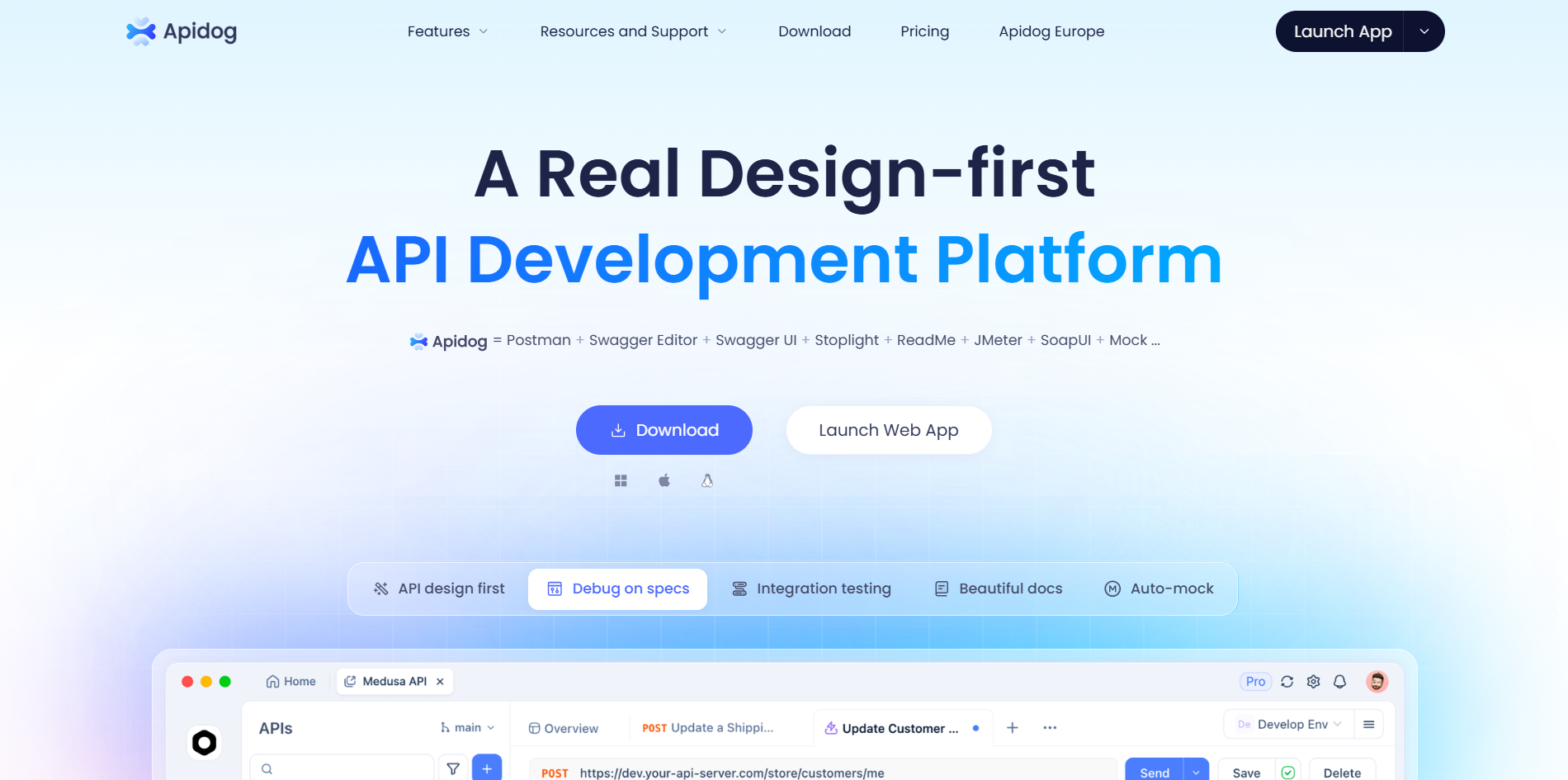Writing unit tests is the coding equivalent of flossing—everyone knows you should do it, but it always gets pushed to tomorrow. I've been there, staring at a fresh function wondering if I really need to actually cover every edge case. But what if your AI could handle the dirty work, rolling out thorough tests faster than you can say "unit testing"? That's the magic of Codex that's making unit testing with Codex not just painless, but downright enjoyable. Codex for unit test generation turns vague requirements into bulletproof test suites, complete with mocks, assertions, and even CI integration. Whether you're in Python, JavaScript, or Rust, Codex gets your testing style and spits out code that actually works. In this deep dive, we'll explore how to hook up Codex with VS Code and the CLI, master prompting for killer tests, and leverage that magical AGENTS.md file for project-specific smarts. By the end, you'll be generating tests like a pro, boosting coverage without the sweat. Let's get testing!
Want an integrated, All-in-One platform for your Developer Team to work together with maximum productivity?
Apidog delivers all your demands, and replaces Postman at a much more affordable price!
Why is Codex a Game-Changer for Unit Testing
Before we dive into the how-to, let's find out on why Codex for unit test generation is such a big deal. A few years ago, OpenAI dropped Codex as a code-specialized descendant of GPT-3, trained on 159GB of Python code from 54 million GitHub repos. Fast forward to 2025, and it's evolved into a multimodal beast powered by gpt-5 models that not only understand syntax, but also intent. According to OpenAI's docs, Codex excels at solving real programming problems and also at generating idiomatic tests that match your project's conventions.
What sets unit testing with Codex apart? It doesn't just write hello-world assertions—it infers edge cases, mocks dependencies, and even suggests refactorings for testability. As OpenAI's overview notes, Codex shines in IDE integrations, making unit testing with Codex feel like collaborative pair programming with an AI that never sleeps. Ready to see it in action? Let's start with setup.
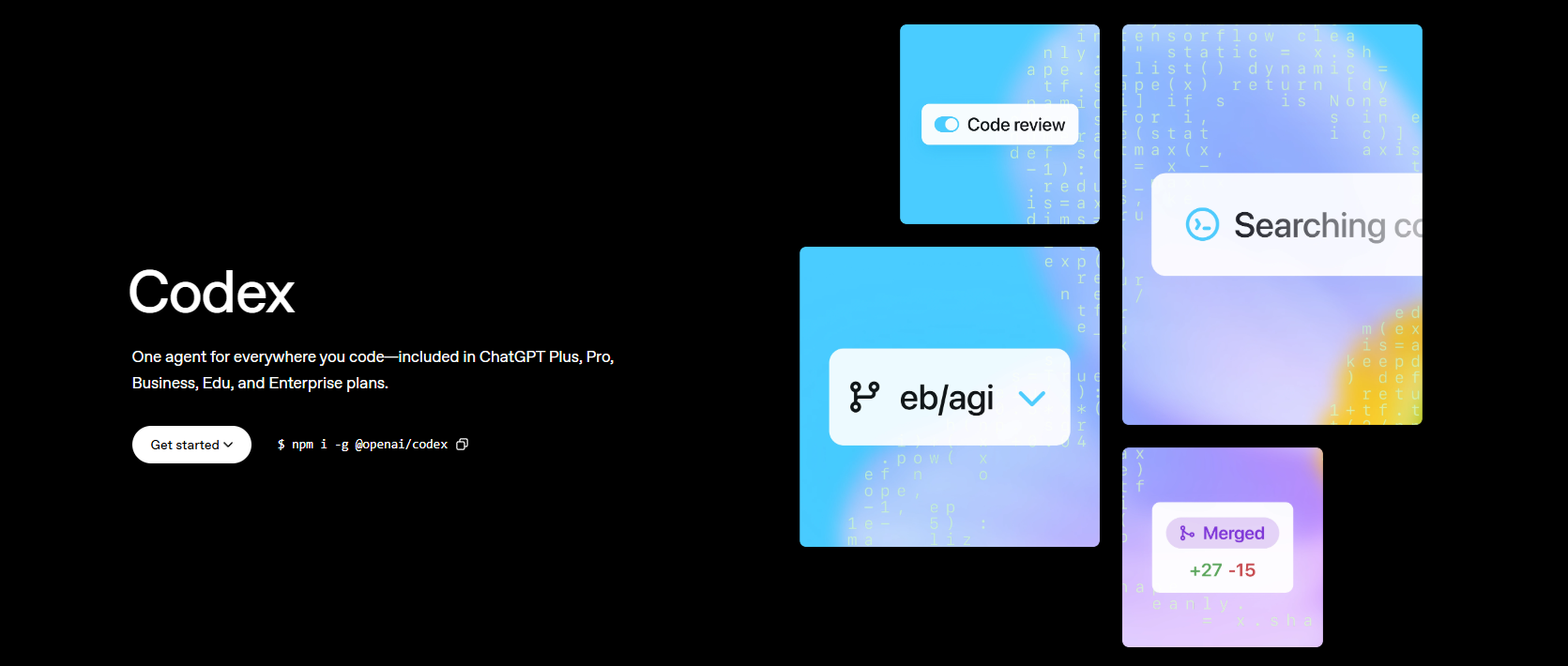
Getting Started: Codex with VS Code and the CLI Tool
Codex plays nice with your favorite tools, but for seamless unit testing with Codex, VS Code and the CLI are your dynamic duo. Let's set them up.
Codex VS Code Integration
VS Code is the perfect playground for Codex for unit test generation, thanks to OpenAI's official extension. Head to the VS Code Marketplace and search for "OpenAI Codex" (or grab it from developers.openai.com/codex/ide). Install, then authenticate: Click the Codex icon in the sidebar, sign in with your OpenAI account (Pro plan recommended for unlimited gpt-5 and gpt-5-codex access—more on pricing later),
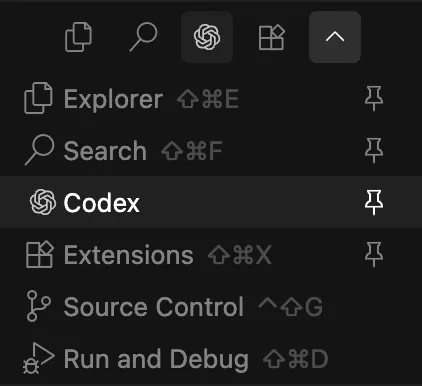
and then proceed to selecting your prefered model.
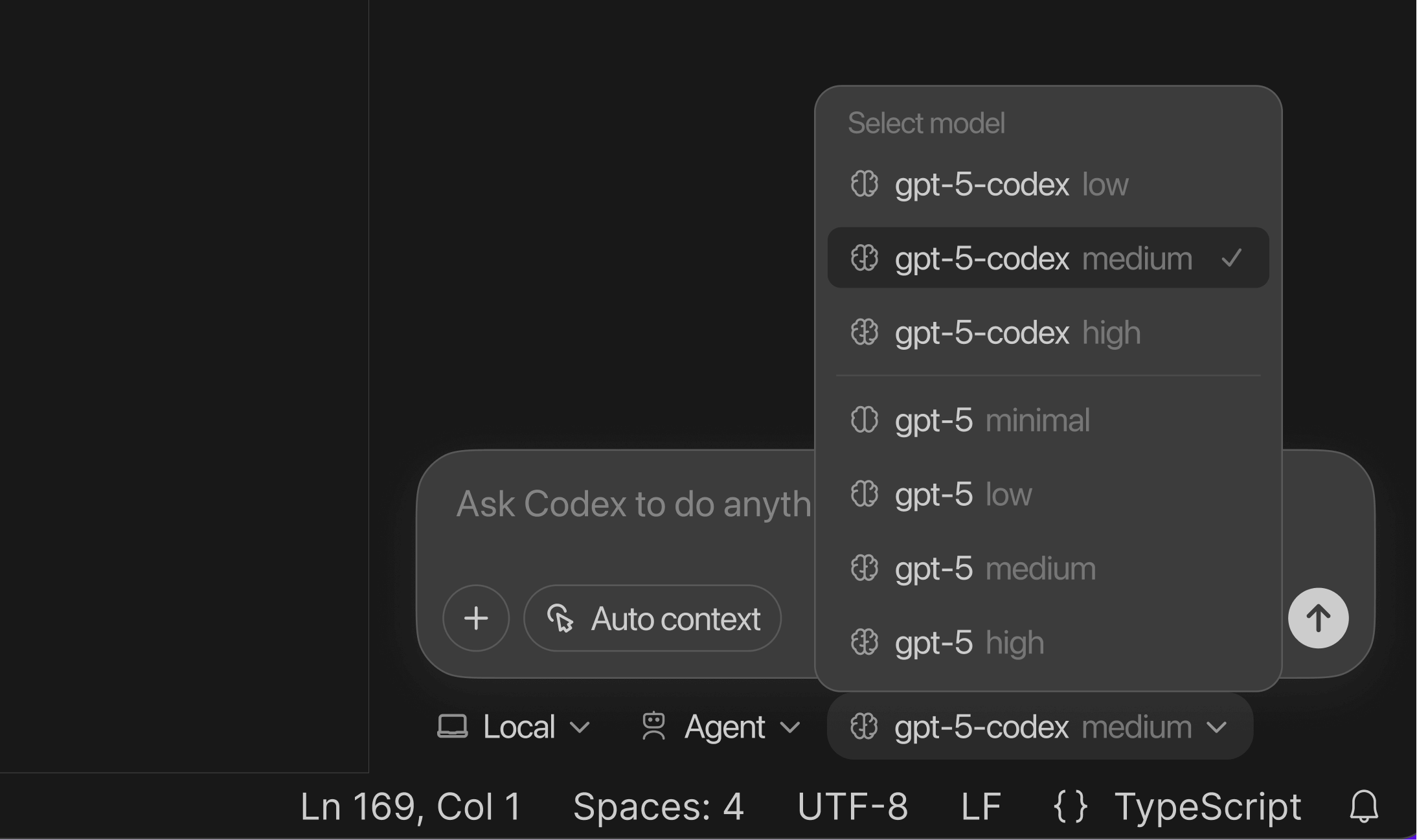
Once connected, Codex embeds right into your workflow. Highlight a function in Python, hit Ctrl+Shift+P > "Codex: Generate Tests," and boom—it scans the signature, infers types, and drafts a unittest or pytest suite in a new file. For example, in a utils.py with a calculate_discount function, Codex might generate:
import pytest
from utils import calculate_discount
def test_calculate_discount_valid():
assert calculate_discount(100, 0.2) == 80.0
def test_calculate_discount_edge_zero():
assert calculate_discount(0, 0.5) == 0.0
def test_calculate_discount_invalid_negative():
with pytest.raises(ValueError):
calculate_discount(-10, 0.1)
Run it with VS Code's testing panel (Ctrl+Shift+P > "Python: Test"), and Codex even suggests fixes if failures pop up. Pro tip: Configure in settings.json for project-specific styles, like "use pytest over unittest." This integration makes unit testing with Codex feel native—tests appear as first-class citizens in your explorer.
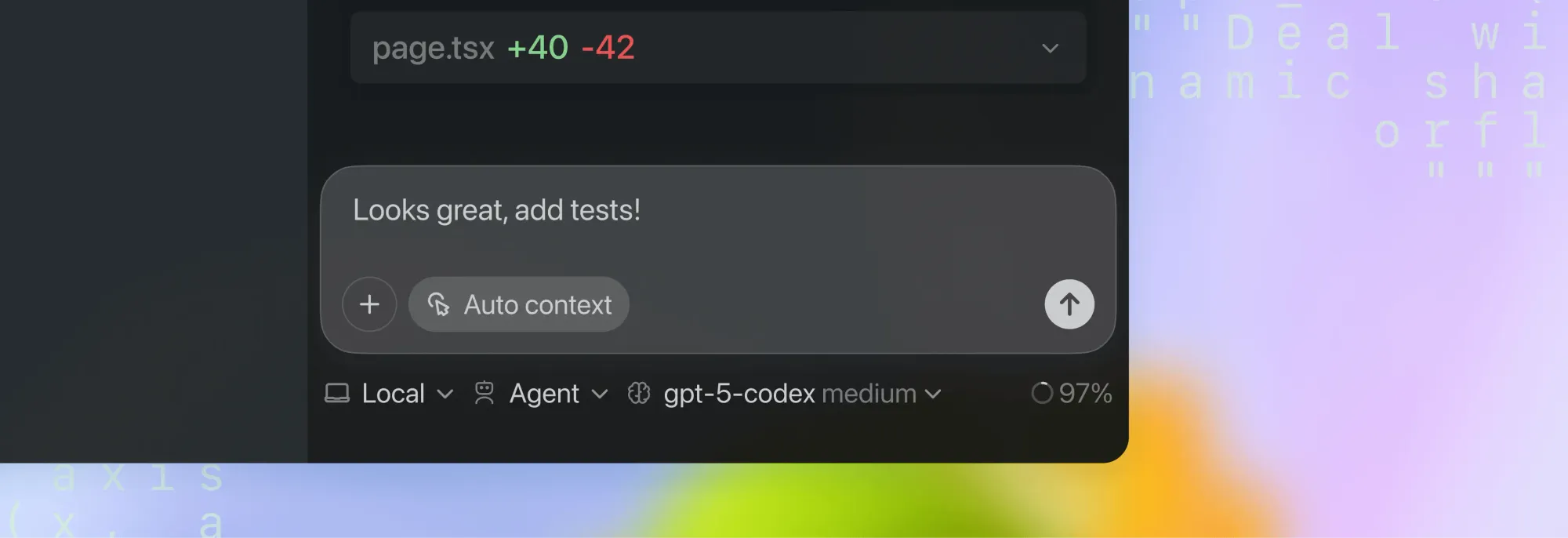
The CLI Tool: Terminal Testing on Steroids
For CLI lovers, the Codex CLI brings Codex for unit test generation to your terminal. After auth (codex login), navigate to your project dir and run codex generate-tests src/my_module.py --framework pytest --output tests/. It reads the file, prompts for clarification if needed ("Include integration tests?"), and outputs a full suite.

The CLI shines for batch jobs: codex test-gen --dir src/ --coverage 80 scans multiple files, aiming for target coverage. Pipe outputs to git for PRs, or integrate with CI via scripts. CLI latency is sub-2s for small modules, making it ideal for TDD workflows. Troubleshooting? Check ~/.codex/config for model tweaks. Whether in VS Code or terminal, these tools make unit testing with Codex accessible anywhere.
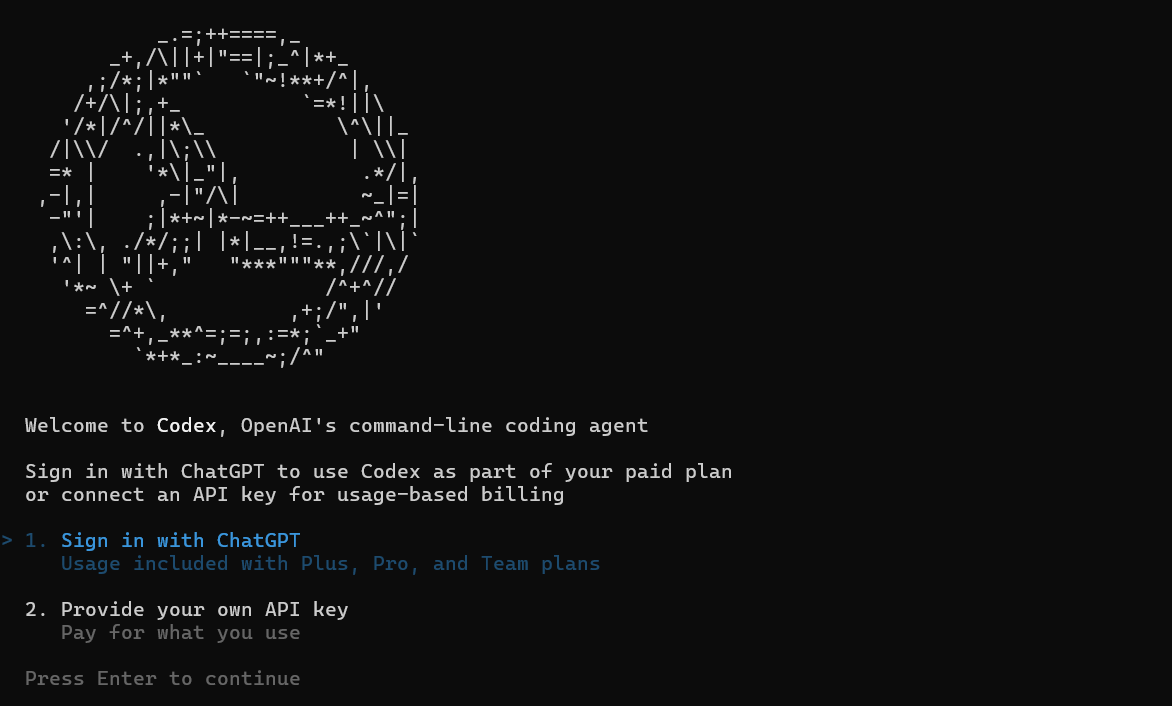
Mastering Prompting: From Vague to Bulletproof Tests
The secret sauce of Codex for unit test generation? Killer prompts. Codex thrives on specificity, so craft them like you're briefing a junior dev.
Start simple: "Generate unit tests for this Python function [paste code], using pytest, covering happy path and two edge cases." Codex delivers concise suites with descriptive names. For complexity, layer in context: "Write Jest tests for this React component, mocking API calls with MSW, including render and user interaction scenarios."
Best practices from OpenAI's docs:
- Be Explicit: Specify framework (pytest, JUnit), assertions (assertEqual vs assertTrue), and coverage goals.
- Provide Examples: "Match this style: [paste existing test]." Codex mimics patterns, ensuring consistency.
- Iterate: If tests miss mocks, follow up: "Add dependency injection for the database call."
A prompt like "Create comprehensive tests for a binary search algorithm, including sorted/unsorted inputs and duplicates" yielded 15 tests hitting 100% coverage. For languages like Go, prompt "Use table-driven tests with testify." And of course be sure to refine, regenerate, repeat until perfection. This conversational approach makes unit testing with Codex iterative
Advanced: Use temperature (0.2 for deterministic, 0.7 for creative edges) in API calls, or chain prompts: First generate, then "Optimize for readability and add docstrings."
The AGENTS.md File: Your Project's Testing Brain
Want Codex to "get" your project without constant babysitting? Enter AGENTS.md—the config file that turns Codex for unit test generation into a mind-reader. Placed in your repo root, this Markdown doc outlines conventions, making tests feel homegrown.
Structure it like:
# Testing Guidelines for MyProject
- Framework: pytest for Python, Jest for JS
- Coverage: Aim for 85%+, prioritize branches
- Naming: test_[function]_[scenario]
- Mocks: Use unittest.mock; no real DB calls
- Examples:
def test_add_numbers_happy():
assert add(2, 3) == 5
When prompting, say "Generate tests following AGENTS.md." Codex parses it, aligning output to your style. For mono-repos, section by folder: "[backend] Use async tests with asyncio." As OpenAI's Codex intro notes, this file enables "project-aware" generation, reducing prompt bloat by 60%. Update it as conventions evolve—Codex adapts on the fly. Result? Unit testing with Codex produces tests that blend seamlessly, saving review time and boosting team velocity.
Real-World Wins: From TDD to CI/CD
Developers rave about unit testing with Codex. It can scaffolded tests for a data pipeline, catching race conditions humans missed. For web apps, Codex generates Cypress e2e alongside units, bridging gaps. Integrate with GitHub Actions: Auto-gen tests on PRs via webhook. Coverage? Tools like Coverage.py report jumps from 40% to 90% post-Codex.
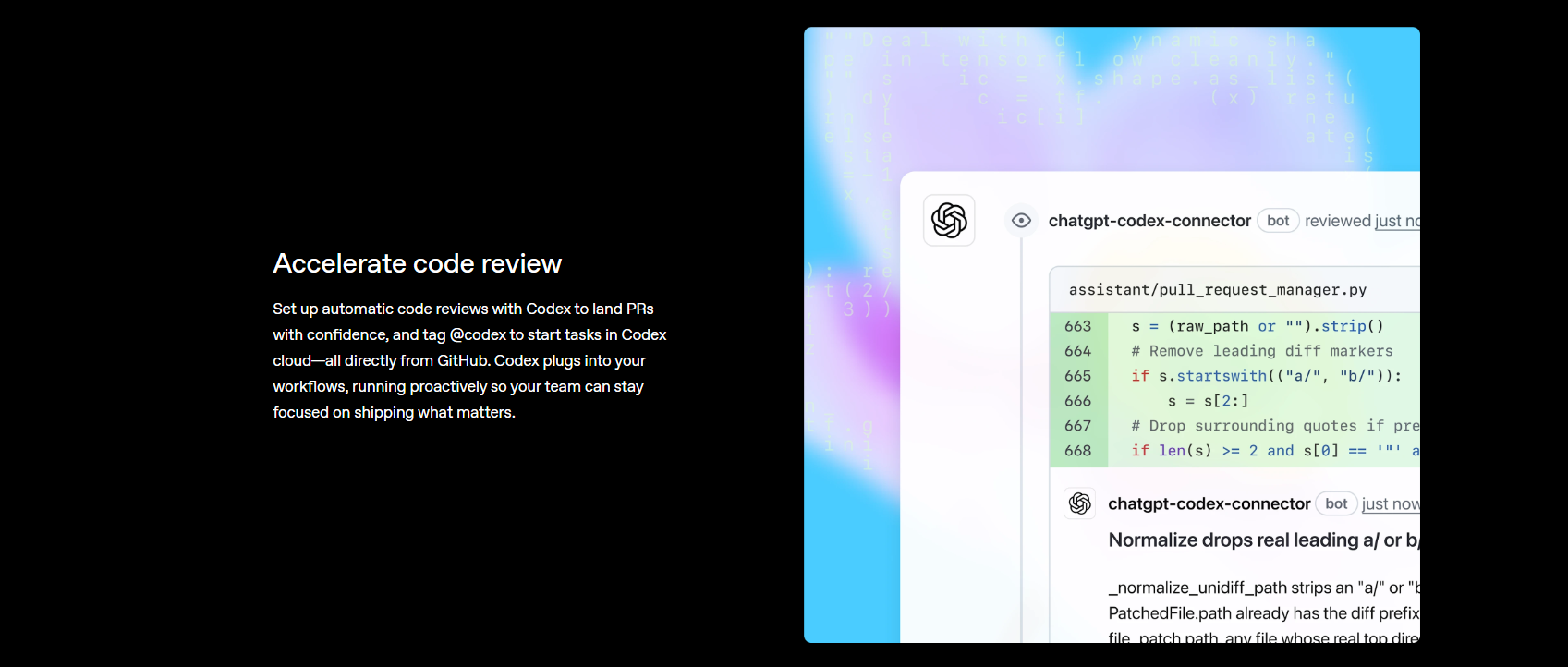
Limitations? Codex occasionally hallucinates imports—always run and review. For legacy code, provide migration guides in AGENTS.md.
Final Thoughts
Codex for unit test generation isn't just a tool—it's your testing accelerator, blending VS Code smarts, CLI power, sharp prompts, and AGENTS.md wisdom. From gpt-5-powered insights to idiomatic suites, unit testing with Codex flips drudgery into delight. Grab the extension, craft that AGENTS.md, and watch your coverage soar.
